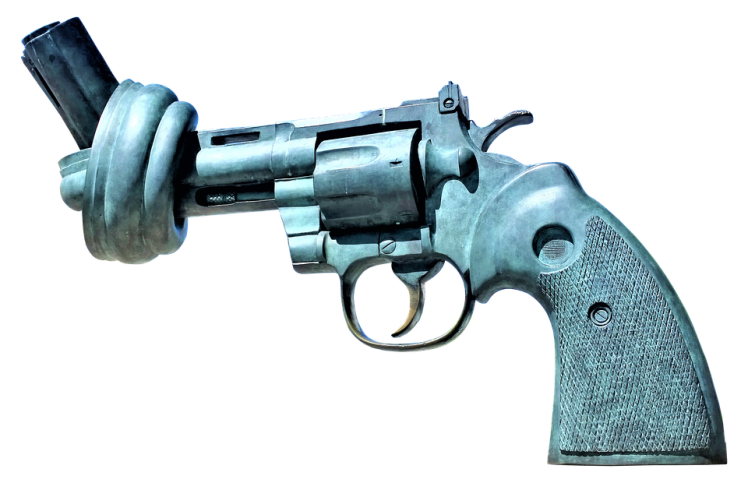
I narrowly missed the Trolley Square shootings. I had been buying wrapping paper for gifts. I walked out the doorway of the mall not one hour before the shooter walked in. I was really pregnant at the time, able to waddle more than walk, and I certainly could not have run. I was really lucky. I don’t want to think about guns. But I have to. We all have to.
This post is about guns. Maybe some of the facts that follow will help your patients. Maybe some of these facts will help you to speak with your legislators. Because we have a gun crisis.
Americans own more guns than anywhere else in the world. We have 4% of the world’s population, yet half of the civilian-owned guns in the world. Civilians in the US own nearly 300 million guns, enough for every person to have their own gun. Guns are kept in over a third of our homes.
More people die from gun deaths each year in America than in any other advanced country; we have triple the rates of gun deaths of the next closest country. More people die in America from guns than from car crashes. We have on average 1 mass shooting per day. In 2015, we had over 13,000 homicides by gun, and over 22,000 suicides by gun. Nearly 1,300 of our children are killed by guns each year.
Among other developed nations, those with the greatest access to guns, such as Switzerland and Canada, have the next highest rates of gun deaths. Those countries with the lowest access to guns, such as Japan, have the lowest rates of death by guns.
States with the most access to guns and the loosest gun regulations, such as Wyoming, have the highest rates of gun deaths; states with the fewest guns per capita, and the strictest regulations, such as Hawaii, have the fewest gun deaths.
More guns do not make us safer. More guns equal more gun deaths; more homicides, more suicides, more shootings of children.
Australia decreased both their suicide and homicide rates through their national government-sponsored gun buy-back program in the mid 1990s. Since 1996, there has not been a single mass shooting in Australia.
What can we do? The big things, the things that will make a difference on a societal level, require legislative action. As physicians, we can use our voice to draft and support policies that keep our states and communities safer. We can express our concerns to our national professional organizations to help us lobby for safer laws. We can voice our support for background checks for all firearm sales; for requiring licensing for owning guns, and for requiring gun owners to undergo recurring gun safety education. We can make owning a gun at least as rigorous and monitored as owning a car.
We can lobby for bans on sales of assault weapons, and bans on sales of high capacity magazines of ammunition.
We can advocate for continued research into the consequences of gun ownership and gun violence. We can advocate for the continued right to discuss gun safety with our patients.
And we can advocate for safer technology with guns—smart guns where the trigger recognizes the registered owner, and does not fire when grabbed and aimed by a child or assailant. We can make the security measures on guns as least as smart as the security on our phones.
We can talk to our patients individually. We can act nationally while also acting locally, within our clinics and exam rooms. We can screen all our patients for depression; ask our depressed patients and our patients with children if they have guns in the home; if they have guns in the home, ask if they have trigger locks and gun safes; and if not, ask why. We can hand out trigger locks in our clinics, and recommend resources for buying safes.
We have so many guns. It can seem as though the situation is hopeless. Irreversible. Insurmountable. Yet there can be hope. Just this morning I went to a presentation on LGBTQ youth, on the depression they face, and the increased risk of suicide they face. A father of a gay teen spoke; when he found out his son was gay, he got rid of all the guns in his house, he got rid of all the hunting rifles that had been securely locked away in safes. He did this because he recalled his son’s doctor asking him about guns in the home when his son was a newborn, a conversation of only a few sentences over a decade ago. And he put it all together—the risk, the access, and he made a choice to protect his son.
Resources:
Death by Gun Violence—A Public Health Crisis—JAMA
Childhood Firearm Injuries in the United States—Pediatrics

Kirsten Stoesser, MD is an Associate Professor (Clinical) in the Department of Family & Preventive Medicine at the University of Utah School of Medicine.